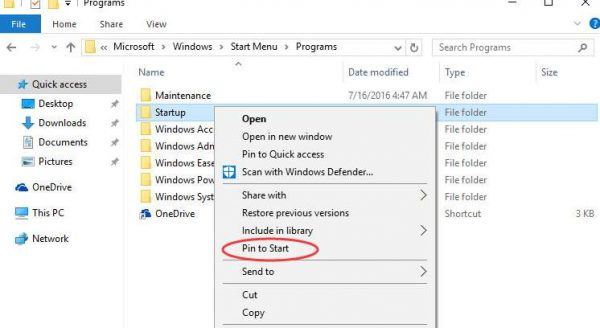
:max_bytes(150000):strip_icc()/Startup1-cbbca3884eb64ceabd06153ee0ce497b.jpg)
Please do not submit the same issue more than once within 24 hours. Do everything you can to reduce the effort of the wonderful folks offering to help you.Īfter solving your problem, please mark it as solved by clicking 'flair' and confirming the 'solved' tag. State everything you have tried and all the guides/tutorials/sites you have followed as well as why they were unsuccessful. Try to research your issue before posting, don't be vague. The subreddit is only for support with tech issues. Please include your system specs, such as Windows/Linux/Mac version/build, model numbers, troubleshooting steps, symptoms, etc.

Live Chat ~Enter Discord~ Submission Guidelines Type one of the following in the box and press Enter or click “OK.Check out our Knowledge Base, all guides are compiled by our Trusted Techs. To get started, use the Windows + R keyboard shortcut to open the Run menu. In general, you’ll want to put shortcuts in this folder, not EXE files. Programs that are put in these folders will launch when the PC is started. One is for determining the apps that start up on your personal account, the other is for all users. There are two locations you’ll need to know to find the “Startup” folder. RELATED: How to Manage Startup Programs in Windows 10's Settings App How to Open the Startup Folder It works well and shows some apps that won’t appear in the Startup folders, but you can still access them.įor example, if you want to make an application start every time you sign into your computer, you can add a shortcut to it to the Startup folder. To stop apps from starting when you sign in, you should probably use the Startup Apps screen in Windows 10’s Settings app. This is where you can toggle on or off apps that want to run at startup.


 0 kommentar(er)
0 kommentar(er)
